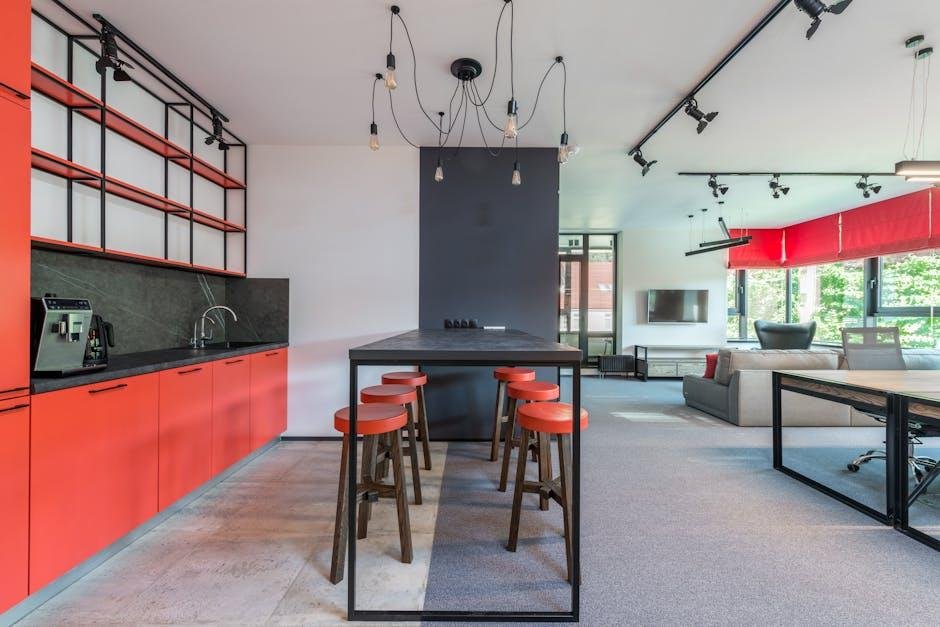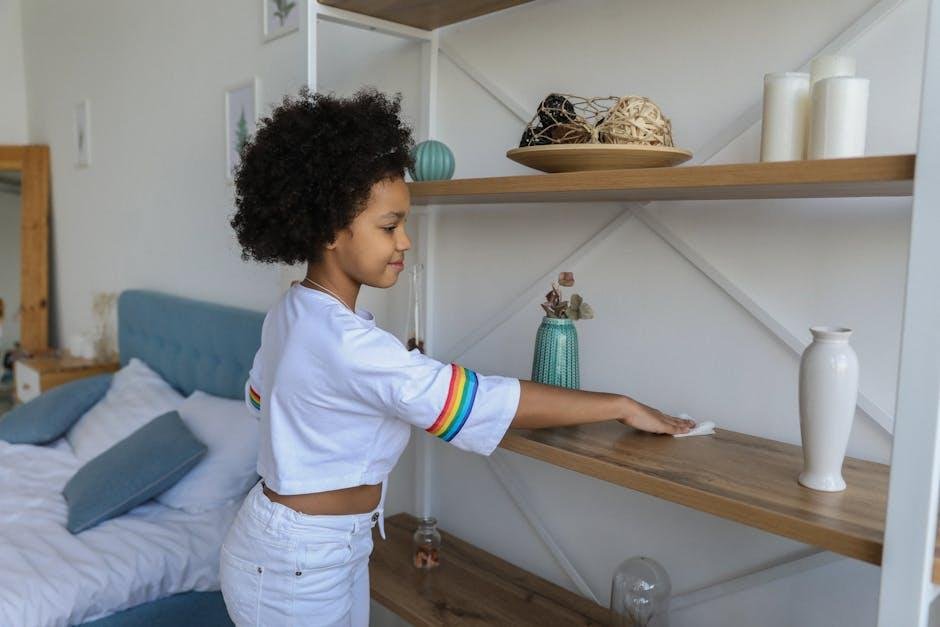Living in a small space doesn’t mean you have to sacrifice style or comfort. With thoughtful planning and a few clever tricks, even the tiniest living rooms can be transformed into inviting, functional, and visually appealing areas. If you’re struggling with limited square footage, here are some practical ideas to maximize your small living room without compromising on personality or coziness.
1. Choose Furniture That Works Double Duty
In small spaces, every piece of furniture needs to justify its place. Opt for multi-functional items like storage ottomans, sofa beds, or nesting tables. These pieces not only save space but also add practicality, offering hidden storage or extra seating when needed. For example, a storage ottoman can keep blankets and magazines out of sight but within easy reach, while doubling as a footrest or extra seat for guests.
2. Keep the Layout Open and Airy
Crowding a small room with bulky furniture makes the space feel cramped and claustrophobic. Instead, arrange your furniture to promote flow and openness. Position seating against walls or in corners to free up central floor space. Avoid blocking windows or doorways, and consider floating furniture away from walls if it helps create a more balanced, inviting arrangement. Clear pathways make the room feel larger and more welcoming.
3. Use Light Colors and Reflective Surfaces
Light and neutral colors can do wonders to visually expand a room. Whites, creams, pale grays, and soft pastels bounce natural light around, brightening the space and making it feel more open. In addition, incorporating reflective surfaces like mirrors, glass coffee tables, or metallic accents helps amplify light and create the illusion of depth. Placing a large mirror opposite a window is a classic trick to double the natural light entering the room.

4. Add Vertical Storage
When floor space is tight, look upward. Tall bookshelves, wall-mounted cabinets, or floating shelves offer plenty of storage without taking up valuable floor area. Vertical storage draws the eye upward, emphasizing the height of the room and making it feel less boxed in. Shelves can also be styled with books, plants, and decorative objects to add character and personality.
5. Select Scale-Appropriate Furniture
Choosing furniture that suits the size of the room is essential. Oversized sofas or chunky armchairs can overwhelm a small living room and leave little room to move. Instead, go for compact, streamlined pieces with slender legs or open bases that create a sense of lightness. Armless chairs or loveseats are great alternatives that maintain comfort without crowding the space.
6. Layer Lighting for Ambiance
Good lighting can transform a small room, making it feel both spacious and cozy. Combine ambient lighting from ceiling fixtures with task lighting like table lamps and floor lamps. Accent lighting, such as LED strips or spotlights highlighting artwork or architectural features, adds depth and warmth. Dimmers are also a useful addition, allowing you to adjust the mood according to time of day or activity.
7. Integrate Textures and Patterns Carefully
While a minimalist approach is often advised for small rooms, adding texture and subtle patterns can create interest without overwhelming the space. Soft rugs, cushions, and throws in natural fabrics add warmth and comfort. Geometric patterns or stripes, when used sparingly, can introduce dimension and guide the eye around the room. The key is to balance simplicity with thoughtful details.

8. Keep Clutter Under Control
Clutter quickly makes a small space feel chaotic and cramped. Adopt smart storage solutions to keep everyday items neatly tucked away. Baskets, boxes, and drawer organizers help maintain order. Regularly editing possessions and only keeping essentials in your living room will keep the area feeling open and inviting.
9. Incorporate Plants for Freshness
Plants are a simple way to breathe life into any living room. They add color, texture, and a natural element that can soften corners or fill awkward spaces. Choose low-maintenance varieties suitable for indoor conditions, such as snake plants or pothos. Hanging plants or tall potted plants also add vertical interest without taking up too much floor space.
10. Opt for Minimal Window Treatments
Heavy curtains or bulky blinds can make a small room feel even smaller. Instead, choose lightweight, sheer fabrics or simple roller blinds that let in as much natural light as possible. Natural light is one of the most effective ways to make a space feel larger and more welcoming.
By applying these strategies, even the coziest living rooms can become functional, stylish retreats. The key lies in balancing practicality with aesthetics—selecting pieces and layouts that maximize space, enhance light, and reflect your personal style. With a little creativity and thoughtful design, your small living room can feel both spacious and inviting.




